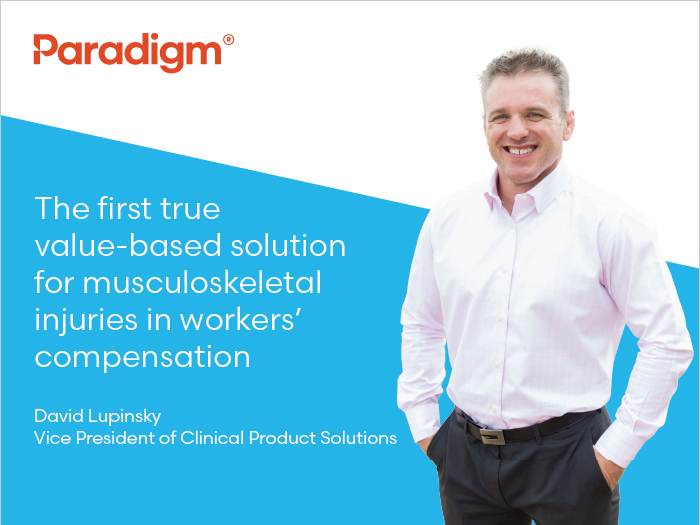You Be the Judge
Did This Worker Establish Entitlement to Permanent Total Disability Benefits?

A worker for Solvay Chemicals injured his back at work. The Workers’ Compensation Division approved temporary disability benefits. The worker was evaluated for an impairment rating, and a physician recognized that he had returned to work and concluded that he had a total whole person impairment rating of 12 percent.
The worker continued to receive treatment for his back injury. Despite his pain, he returned to work. The worker said that Solvay’s policy did not allow him to take his pain medication while he was working, so he would wait to take it until after his shift ended.
Later, the worker experienced a swollen tongue and slurred speech at work and was taken to the emergency room. He attributed his condition to a reaction to one of his pain medications. After the emergency room visit, the worker never returned to work. He was subsequently diagnosed with amyotrophic lateral sclerosis (ALS). A physician who performed an independent medical examination opined that he was unable to return to work due to the ALS. The worker sought permanent total disability benefits, claiming that he could not work because his ALS increased the pain associated with his back injury, and he had to continuously take pain medication.
The division referred the matter to the Medical Commission, which concluded that the worker did not establish his inability to return to work was related to his back injury. The District Court affirmed the denial of PTD benefits. The worker appealed.
Did the commission properly deny PTD benefits?
- A. Yes. The medical records suggested that the worker’s inability to return to work was due to ALS.
- B. No. The worker was unable to return to work because he could not use pain medication at work.
- C. No. The worker’s reactions to his medication prevented him from returning to work.
How the Court Ruled
B is incorrect. The court found that nothing in the record indicated that Solvay told the worker he could not return to work until he was no longer using pain medications. The worker had worked while using pain medication for many years.
C is incorrect. The court pointed out that the worker’s emergency room visit was not the result of back pain, but a swollen tongue and slurred speech. While the worker believed these symptoms were caused by his medication, there was nothing in the record that explained why he had this belief. The court also noted that the worker’s physician continued to prescribe the medication after the emergency room visit, indicating that the physician did not believe that the medication was the cause of the worker’s symptoms.
A is correct. In In re Workers’ Compensation Claim of Hart v. State of Wyoming, ex rel., Department of Workforce Services, No. S-17-0290 (Wyo. 09/07/18), the Wyoming Supreme Court held that substantial evidence supported the Medical Commission’s conclusion that the worker failed to establish that his disability was caused by his work-related back injury.
The court explained that the symptoms that necessitated the emergency room visit were not the product of a back injury, and the medical records suggested that the worker’s absence from work was due to ALS. After the worker was diagnosed with ALS, a medical provider would not release him for work.
The court noted that the worker did not apply for PTD benefits until almost six months after he could not return to work and four months after his ALS diagnosis.
Editor’s note: This feature is not intended as instructional material or to replace legal advice.










